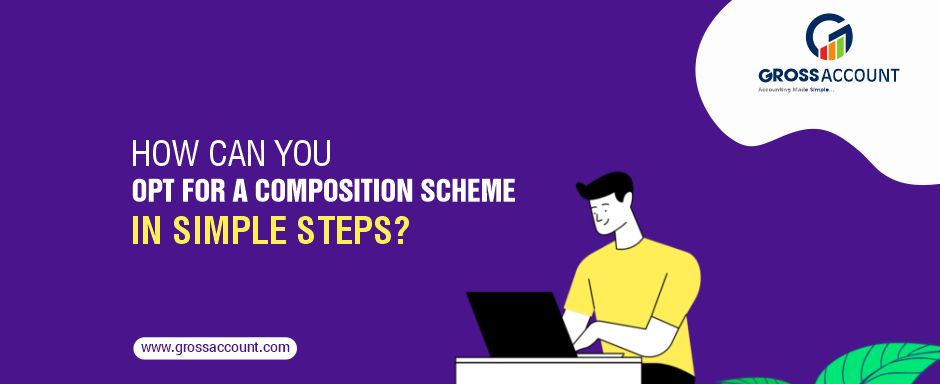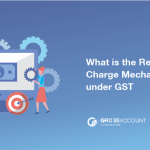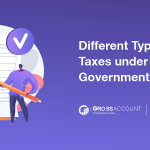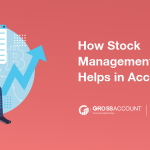“Composition Scheme is the simplest and easiest scheme under GST for the small taxpayer, whose turnover is less than INR 1.5. crore”
Who is eligible to use the Composition Scheme?
Today, all businesses, large and small, are required to pay GST based on their annual revenue. Here are some composition schemes that can be used by any small business as an alternative method. This means that any small business with a turnover of less than Rs. 1.5 crore can register under the GST portals scheme and be eligible to pay GST returns at a fixed rate, every quarterly, and file quarterly.
This scheme is only available to businesses whose financial turnover does not surpass 75 lakhs INR to 1.5 crore INR at the end of the financial year.
Small business turnover in Jammu and Kashmir and Uttarakhand do not increase from Rs.50 Lakhs to Rs.75 Lakhs. That is why this state has special categories, and the finance ministries of these states provide the threshold and must register under the GST composition scheme.
To calculate their turnover throughout the financial years, all businesses’ turnover is registered with the same PAN card.
Who is not eligible to use the Composition Scheme?
The composition scheme was designed to aid small businesses in avoiding the time-consuming GST formalities while paying a fixed rate of turnover. However, specific types of small businesses are unqualified to play an active role in the following scheme.
The industries listed below can not use the composition scheme…
• Manufacturing companies of the ICE-Cream, tobacco, or pan masala
• Inter-state suppliers
• Casual or Non-resident taxable persons
• Goods suppliers which use the e-commerce platforms
Even though the above-mentioned businesses had a low turnover at the time, they are not eligible to use the GST composition scheme.
What are the conditions that businesses must follow to benefit from the Composition Scheme?
For eligible companies to take advantage of the composition scheme, certain criteria must be fulfilled.
• The applicant needs the registration under the GST for availing of the composition scheme.
• Whichever dealer is opting for the scheme then, they are not able to claim the Input Tax Credits(ITC).
• For transactions under Reverse Charge Mechanism, the businesses have to pay taxes at the normal rates.
• The taxpayers register their different businesses under the same PAN like textile, electronic, groceries, etc then, they have to register all their businesses under the scheme collectively otherwise opt-out of the scheme.
• Do not forget to mention “composition taxable person” on every bill but not TAX invoices.
• Also, mention “composition taxable person” on every notice or signboard of the organizations, which are personalities placed at their industries.
• According to the CGST Act 2018, taxpayers must have a turnover of up to Rs.5 lakhs. This change takes effect on February 1, 2019.
Also Read: WHAT IS INPUT TAX CREDIT (ITC) UNDER GST
How to choose the composition levy on the GST portal?
Companies must register with the GST portal to use the composition scheme’s services. Here are the steps for the online registration application procedures.
1. Visit the GST portal
• The first step is, applicants to visit the GST(Goods and Services Tax) portal to opt for the composition levy.
• Then click on the registration button which is visible on the home page of the portal. Here are two parts…
• New registration – By clicking the new registration a page is visible for the new applicant. Then, applicants have to provide all the needed information like name, stats, business name, PAN number, Email ID, Mobile number, etc.
• Temporary Reference Number(TRN)
2. log in to the portal
• After you’ve filled out all of your information, click the ‘Login’ button.
• Login to the portal by providing the correct ‘Username’ and ‘Password’.
3. Select the appropriate menu
• After the successful login, the companies can select the ‘Application to Opt for Composition Levy’ from the Service Tab.
• Then, the applicant redirect to the page which displays the details like,
• GSTIN
• Business Name(Legal)
• Trade name(If Any)
• Address of Principal Place of the business
• Also visible are the natural business and Jurisdiction details.
• Applicants must check the Composition Declaration buttons(After reading all the rules and conditions).
4. Verification Process
• Also, the companies follow the verification process before submitting.
• After verification processes, companies select the authorized signature from the dropdown menu and enter the place field.
• To save the data, click the “Save” button.
5. Application Submission
• Submit the form button activated when the companies provide the authorized signatures and place.
• There are two ways the applicant signs the form with the DSC(Digital Signature Certification) or the EVC.
• Using the DSC option – By selecting the DSC option, the companies register their signatures from the emSigner and then proceed that way.
• Using EVC option – By selecting this option the portal needs confirmation for the proceed.
6. Digital Signature
• Now the applicant selects the appropriate digital signature and selects for their application form.
7. Acknowledgement Message
• After the successful procedure for the applications, the organization or applicant gets the ARN(Application Reference Number).
• Also, An applicant gets the confirmation on their registered mobile number and Email ID.
• In the next 15 Minutes after the complete the registrations, the organization opts for the composition tax.
What are the advantages of the composition scheme?
Several benefits allow businesses to pay their taxes easily and without complaint.
Fewer compliances
GST is a new taxation law that is time-consuming and costly to implement. The big taxpayers can pay the GST, but the small taxpayers have a lot of compliance issues.
The composition scheme makes it simple for small taxpayers to complete GST returns. Because they are only required to file 5 returns, 4 quarterly returns under GSTR 4, and 1 annual return under GSTR 9A. Where regular registered persons are required to pay both monthly and annual returns.
Moreover, under the composition scheme, the registered organization is not required to keep detailed records.
Lower Tax
Small businesses are exempt from paying taxes under government regulations. According to that, they must pay the minimum tax based on their turnover to help them grow in the market.
The composition scheme allows organizations with annual revenues that include from Rs.75 lakhs to Rs.1.5 crore to easily pay GST taxes.
High Liquidity
Because the composition scheme applies to small taxpayers, they receive a large amount of liquidity from the returns of small businesses. As a result of the low taxes paid, the composition scheme allows for high liquidity.
Conclusion
The government of India implements the Good and Service Tax to reduce the bias in tax payment. However, going to follow the implementation of GST, the government suffered a lack of compliances. Because following the compliance tax rules is not difficult for large taxpayers, small businesses face numerous challenges. As a result, the government thought up the composition scheme under the GST (Goods and Services Tax) act, for small businesses with a low turnover. Limited turnover companies are now registered under the composition scheme and pay taxes based on their turnovers.
GST Accounting software through which you can easily manage all your tax invoices or bills.
Contact us today for a free demonstration






